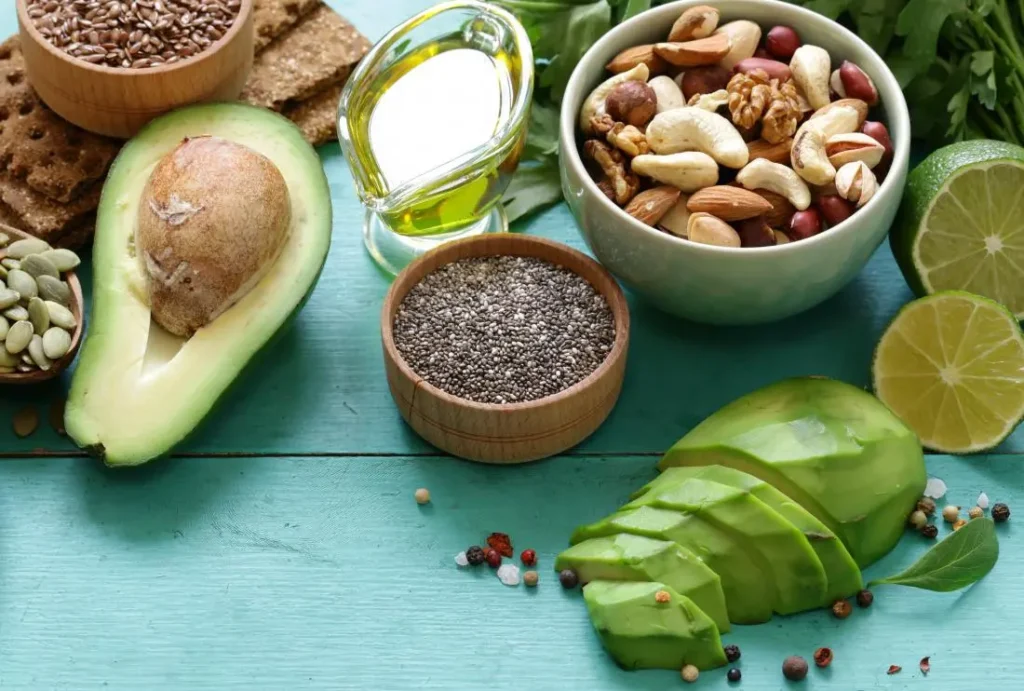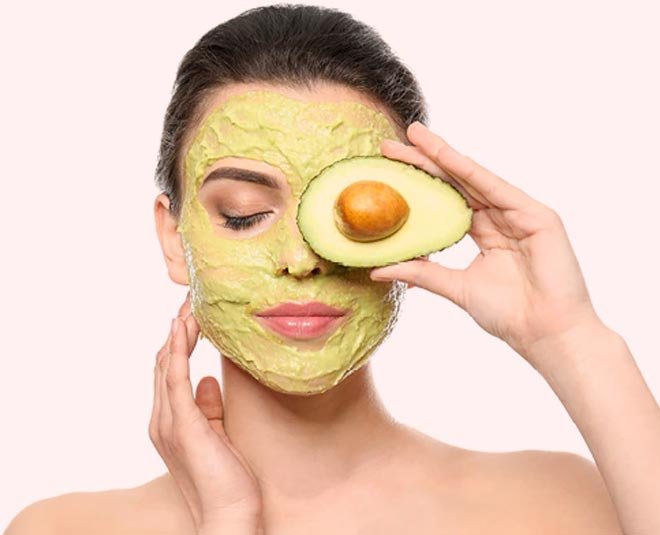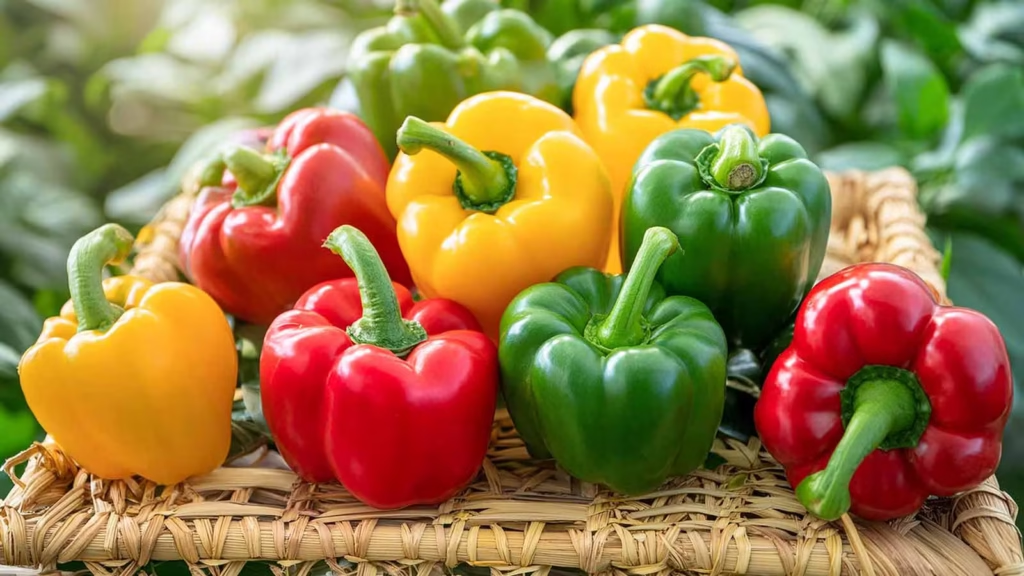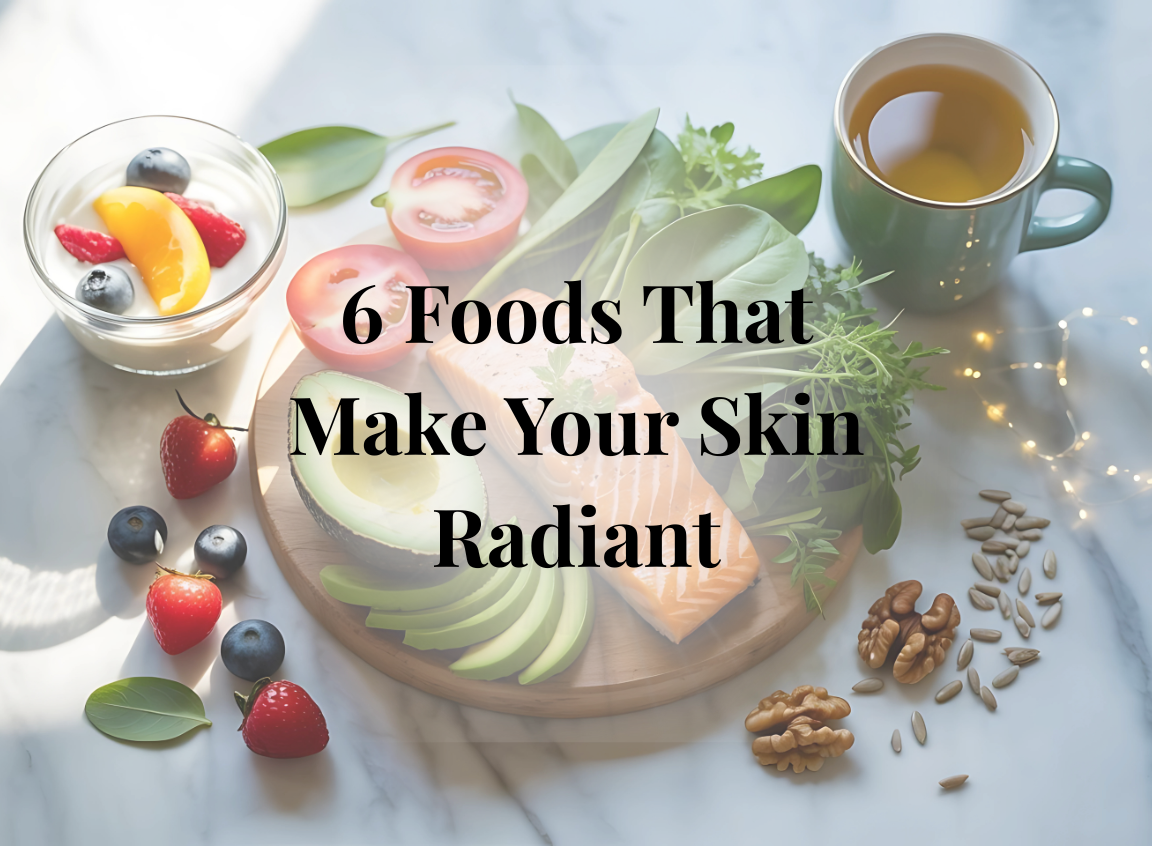You’ve probably tried dozens of skincare products, face masks, and serums — but what if the real glow-up starts not with your vanity shelf, but with your plate? That’s right — nutrition plays a powerful role in how our skin looks and feels. According to science, glowing skin isn’t just about good genes or the right moisturizer — it’s deeply influenced by what you eat every day.
Let’s Know the most exciting, research-backed foods and nutrients that help your skin radiate health from the inside out.
Key Nutrients and Their Dermatological Benefits
Modern research highlights several nutrients vital for skin vitality:
- Omega-3 and Omega-6 Fatty Acids: Reduce inflammation, reinforce skin barrier protection, and may lessen reactivity to UV rays.
- Antioxidant Vitamins: Vitamins A, C, and E collectively support collagen production, shield cells from oxidative damage, and offer photoprotection.
- Zinc & Selenium: Promote cellular repair, wound healing, and help counteract environmental stressors
- Polyphenols/Flavonoids: Contained in plant foods like berries and green tea, they neutralize free radicals, slowing aging and preventing UV damage.
- Probiotics: Support gut health, which correlates with better skin appearance and reduced inflammation

Foods With Clinical Evidence for Skin Radiance
1. Fatty Fish (Salmon, Mackerel, Sardines)
- Rich in EPA and DHA, omega-3 fatty acids shown to decrease skin inflammation and sensitivity to sun exposure.
- Clinical studies find that a diet rich in omega-3s improves hydration, reduces redness, and mitigates photodamage.
2. Avocados
- A recent pilot study demonstrated that daily intake of avocados enhanced skin elasticity and firmness.
- Provide vitamin E and C—key antioxidants for maintaining youthful skin.

3. Tomatoes and Tomato Paste
- High in lycopene (a carotenoid with strong antioxidant properties).
- Randomized controlled trials show reduced skin redness and greater resistance to UV-induced erythema with daily tomato paste intake.
4. Bell Peppers and Leafy Greens
- Bell peppers, especially yellow, are shown in large cohort studies to reduce wrinkling due to vitamin C content.
- Leafy greens offer a rich supply of vitamins A and K, supporting hydration, detoxification, and barrier function.

5. Nuts and Seeds (Walnuts, Sunflower Seeds)
- Walnuts supply ALA (a form of omega-3) and magnesium, decreasing skin inflammation.
- Sunflower seeds are especially high in vitamin E, strengthening skin defense.
6. Berries
- Abundant in polyphenols and anthocyanins that protect against oxidative stress, and may support collagen preservation.

Evidence Table: Nutrients & Research Highlights
Nutrient / Food | Key Findings & Clinical Evidence |
Omega-3 fatty acids | Reduce skin inflammation, support barrier, increase UV resistance |
Lycopene (tomatoes) | Lowers erythema risk after UV exposure, improves photo-protection in RCTs |
Vitamin C | Improves collagen synthesis, reduces wrinkle appearance in population studies |
Vitamin E | Protects against oxidative stress and dryness, especially in nuts/seeds and avocados |
Probiotics | Enhances skin clarity and resilience via gut health support, lowers inflammation |
Polyphenols | Fights photoaging, present in berries and green tea, safeguards cellular structures |
Final Thoughts
For optimal, glowing skin, science overwhelmingly supports a nutrient-dense diet focused on omega-3-rich fish, antioxidant-packed fruits and vegetables, healthy fats, nuts, seeds, and fermented foods, all while maintaining good hydration. This approach not only enhances skin radiance but also supports overall health.

